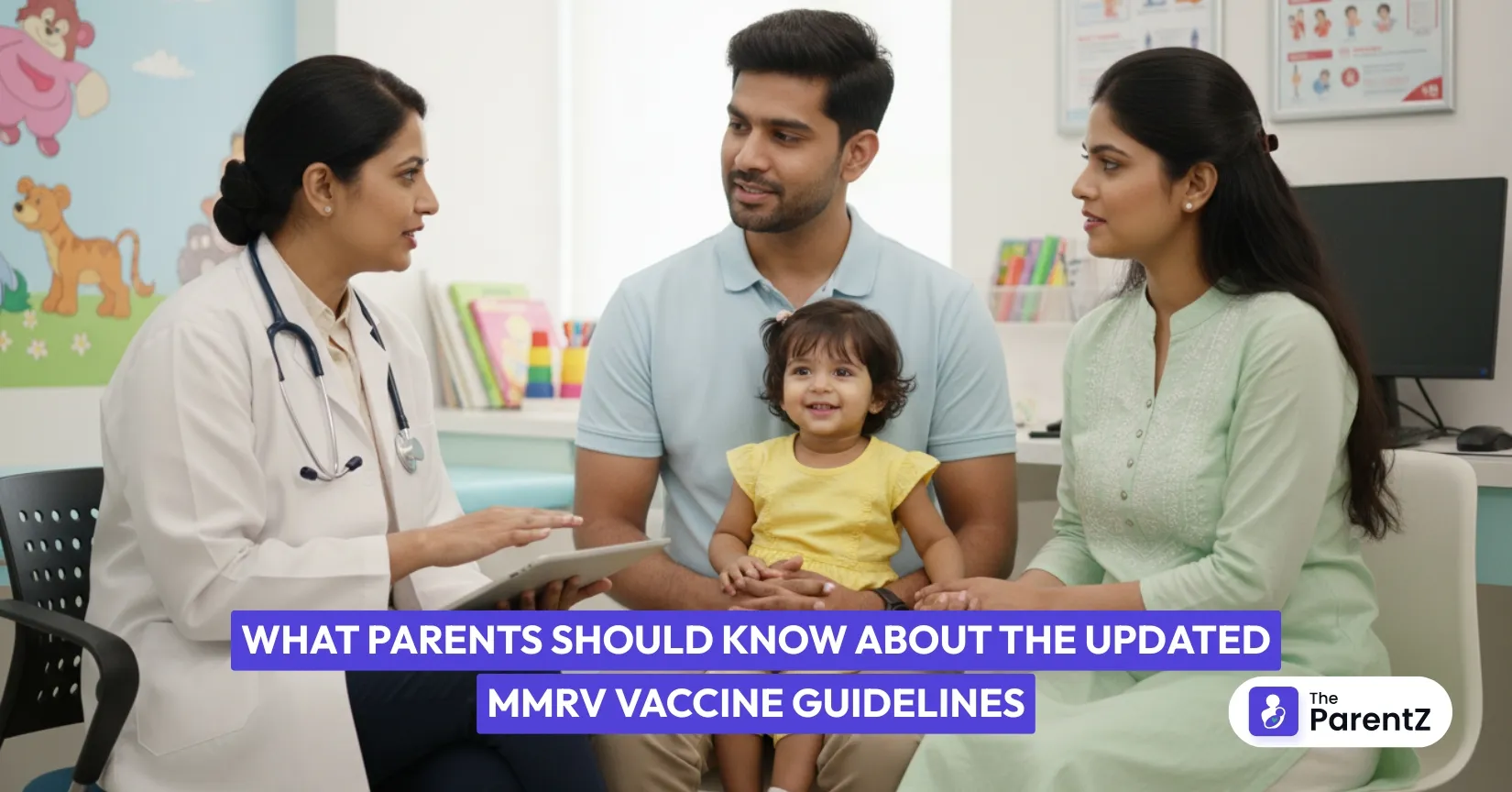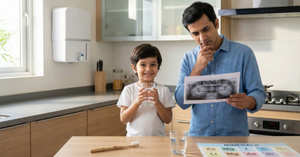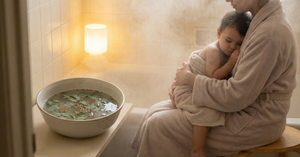If you’re a parent of a toddler, you’ve probably heard about the updated vaccine schedule from the CDC. These new guidelines bring important changes to how children receive their MMRV (measles, mumps, rubella, and varicella) vaccines.
What Has Changed?
Earlier, many children received one shot that combined protection against measles, mumps, rubella, and chickenpox called the MMRV vaccine. Now, the CDC recommends giving the chickenpox (varicella) vaccine separately for children aged 12 to 36 months, instead of combining it with MMR in one shot.
Your child will still get all four protections (measles, mumps, rubella, and chickenpox), but the chickenpox dose will now be taken on its own.
Why the Change?
The CDC reviewed new safety data and found something important. Healthy toddlers who got the combined MMRV vaccine were twice as likely to have febrile seizures, a type of seizure caused by a sudden spike in fever, about a week after vaccination.
While febrile seizures are generally not serious or long-term, they can be scary for parents. To lower this risk, the updated guideline suggests giving the chickenpox as a standalone vaccine.
The good news? Both the combined and the single varicella vaccines provide the same level of protection. The only difference is the lower chance of fever-related seizures when given separately.
What About Older Kids or Teens?
For older children who missed earlier doses, your pediatrician may still recommend the combination MMRV, depending on age, health status, and existing vaccination records. The new rule mainly focuses on toddlers, as that’s the age group most affected by the febrile seizure risk.
What Should Parents Do Now?
You don’t need to worry or rush. You can do the following:
- Stay updated: Check your child’s vaccination record to see if they’ve received the chickenpox and MMR doses yet.
- Talk to your child’s doctor: Ask whether your child should get the chickenpox vaccine separately. Your pediatrician will guide you based on your child’s age and health.
- Keep a schedule reminder: Make sure the timing between MMR and varicella shots is followed correctly if given separately.
- Ask questions: It’s always okay to ask about vaccine safety, side effects, and what symptoms to watch for after vaccination.
Common Questions Parents Might Ask
1. Is my child still protected if chickenpox is given separately?
Yes. The standalone varicella vaccine works just as well as part of the combination shot.
2. What if my child has already received the MMRV shot earlier?
No need to worry. The MMRV vaccine is safe and effective. The change is only to reduce the small chance of fever-related seizures in toddlers.
3. Will two shots hurt more than one?
While there’s an extra poke, children usually recover quickly from any slight discomfort.
4. Should I delay any vaccines because of these updates?
Definitely not. Staying on schedule protects your child and the community from preventable diseases.
Conclusion
The updated MMRV guidance focuses on making vaccines safer for toddlers without reducing their protection. It’s simply a careful step to lower seizure risks and help parents make informed choices.
If you’re unsure what this means for your child, your pediatrician is the best person to talk to. Ask openly, stay informed, and keep your child’s immunization record up to date.









Be the first one to comment on this story.